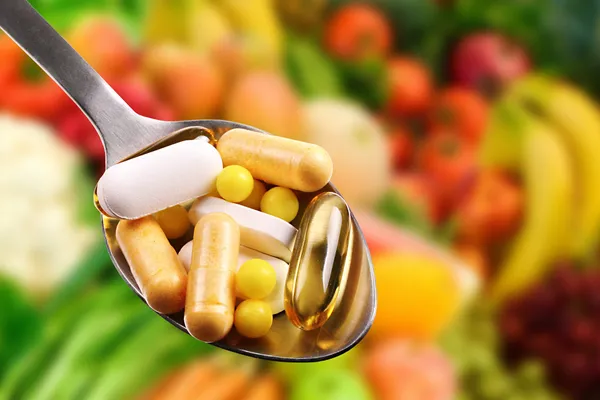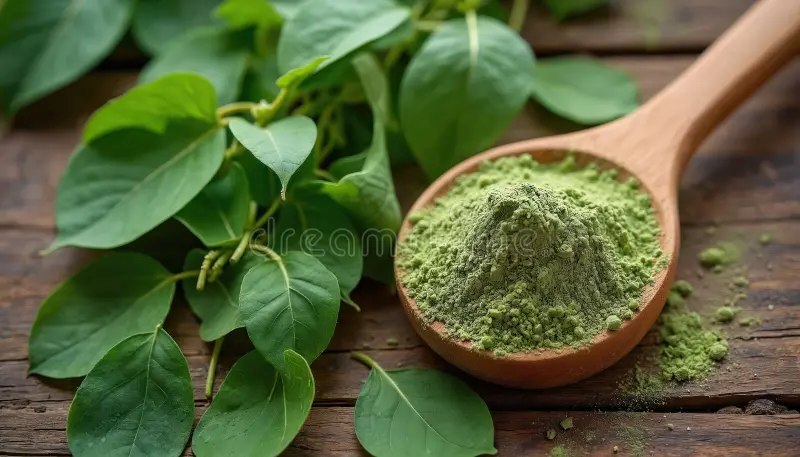Pterostilbene: Buyer’s & Formulation Guide (NZ)
Pterostilbene is a polyphenolic compound valued for its high assay, bioavailability, and stability in nutraceutical applications. This guide explains how to specify, verify, and formulate pterostilbene for supplements and functional foods—so procurement and R&D teams can move from sample to scale with confidence.
TL;DR
Target 98% assay (HPLC) with full COA & traceability.
Check heavy metals/solvents, mesh size, and microbial limits.
Protect from light and moisture; use tight, dry packaging.
Start with capsules/tablets; beverages require pilot sensory/stability tests.
See the Specs Checklist and Formulation Tips below.
What matters when sourcing pterostilbene
Assay & Method – Look for 98% (HPLC) and confirm the analytical method appears on the COA.
Identity & Purity – Request spectra/chromatograms if needed; verify batch-to-batch consistency.
Contaminants – Ensure heavy metals, residual solvents, and pesticides meet food/nutra limits.
Physical Form – Confirm appearance (white/off-white), mesh size (flow/compression), and odour/taste.
Packaging & Stability – Foil inner bags in drums; protect from light and moisture; include desiccant.
Documentation – COA per lot, Specifications, MSDS/TDS, plus GMP/ISO-aligned statements upon request.
Spec & QA checklist
| Item | Target / Note |
|---|---|
| Assay | 98% (HPLC) |
| Appearance | White to off-white powder |
| Mesh Size | 80–120 mesh (fit your process) |
| Heavy Metals | ≤10 ppm total (each element within limits) |
| Residual Solvents | Within pharm/food grade limits |
| Microbiology | TPC / Yeast & Mould within spec; pathogens not detected |
| Packaging | 1 kg foil; 25 kg drum; desiccant inside |
| Storage | Cool, dry, light-protected |
| Shelf Life | 24 months, unopened |
Internal links:
Product page → Pterostilbene 98% (Bulk Extract)
Company → About SG Bio
Contact → Request a Quote / Contact Us
Formulation tips
Best-fit formats – Capsules/tablets are the most straightforward. Powders/gummies can work with flavouring and flow adjustments.
Excipients – Consider appropriate flow aids (e.g., silica, magnesium stearate) and evaluate compression force to avoid sticking during tableting.
Sensory – Typically light in colour; for beverages/powders, run a pilot on solubility/suspension and taste masking.
Compatibility – Pairs well with other antioxidant actives; avoid high humidity and prolonged light exposure.
Stability – Use opaque or foil packaging; consider nitrogen flush or desiccants; keep retain samples and run accelerated studies as needed.
Applications & positioning
Healthy aging / antioxidant concepts in dietary supplements.
Active nutrition blends (ensure sensory and dispersion performance in premixes/stick packs).
Research & innovation projects where high-assay and clean documentation accelerate approvals.
Compliance & labelling notes
This article is informational and not medical advice. Avoid disease claims and align labelling with target-market regulations. Maintain COA, specifications, and traceability for inspections and audits.
Procurement workflow (sample → scale)
-
Request documents – COA, Specifications, MSDS/TDS, declarations.
-
Sample evaluation – Appearance, particle size, flow, preliminary formula compatibility.
-
Pilot runs – Stability, sensory, compression/encapsulation trials.
-
Scale-up – Confirm batch size, lead time, packaging; lock analytical tests.
-
Ongoing QA – Lot retains, periodic re-verification, annual vendor review.
Frequently asked questions (FAQ)
Q1: What purity should I choose?
A: 98% (HPLC) is the common benchmark for clear dosing and robust documentation.
Q2: Is pterostilbene suitable for beverages?
A: Potentially, but run pre-tests for solubility/suspension, sensory, and stability. Capsules/tablets are usually more straightforward.
Q3: What are typical pack sizes?
A: R&D packs from 1 kg; standard drums 25 kg. Custom inner bags/labels are available.
Q4: What documentation is included?
A: COA per lot, Specifications, MSDS/TDS; GMP/ISO-aligned statements available upon request.
Q5: How should I store it?
A: Store cool, dry, and light-protected. Best before 24 months unopened.




